What’s the Difference Between A Yaoi and Hentai?
If you’re unfamiliar with the term, yaoi or hentai probably doesn’t immediately conjure up any images. The two terms may seem interchangeable, but they actually refer to two very different things. Hentai is a more general term that can be used to describe any manga or anime, while yaoi is specifically used to describe male-male romance manga.
Yaoi and hentai are often confused with one another. But they are quite different in terms of what it means, how it’s used, and their intended audience. Although both terms do have similar roots (one being a Japanese word and the other being an English one), their meanings have diverged considerably over time. Let’s break down the differences between them in detail, so you know exactly what you’re getting into if you decide to give either a try after reading this article. So, buckle up!
What is Hentai?
Hentai is a portmanteau of the words “hentai (‘pervert’ or ‘perverted’).” The word hentai is generally used in its original Japanese reading, even though the word can now also be read as “Western” or “non-Japanese.” It’s important to note that the word “hentai” in many American publications is often just “hentai” with no reference to its Japanese origin. This can confuse because the word “hentai” means different things in different contexts.
Also, read Here Are 4 Best Tentacle Anime To Watch Right Now
As a general term for any type of po*nographic manga but mostly anime, hentai can be used for all kinds of different types of media. While some hentai is just educational, others are intended to be quiet. Some hentai is just for fun, while some are meant to be taken seriously as art. It’s also important to understand that even though hentai is generally defined as “po*nographic content,” not all hentai necessarily is po*nographic.
What is Yaoi?
Like hentai, the word “yaoi” is a general term for any type of fanservice-heavy manga that features male-male romance as its central theme. However, yaoi is a Japanese word that has a very specific meaning within the Japanese language. The Japanese word “yaoi” means “a style of Japanese literature and art that is explicitly erotic between men.” While yaoi is a Japanese word that’s also used in English, it has a different definition than hentai. The Japanese definition of yaoi is much more specific than the more general definition of hentai.
Difference Between Hentai and Yaoi Manga
The most important difference between hentai and yaoi manga/anime is that, in hentai, the focus is usually Toonily anime, while in yaoi, the focus is usually on romance. This is what differentiates hentai from yaoi. While most hentai is just for fun, some very serious hentai genres are meant to be taken seriously as art. These include yaoi, shounen-ai, and many others. While hentai is usually meant, some manga/anime are just yaoi and don’t feature much.
Popular Manga/Anime that Features Yaoi/Hentai Themes
A lot of the most famous mangago and anime that feature yaoi/hentai themes are romantic ones meant for audiences. Some of the popular manga examples on Mangaowl are:
1. Shousetsuka no Shitsukekata
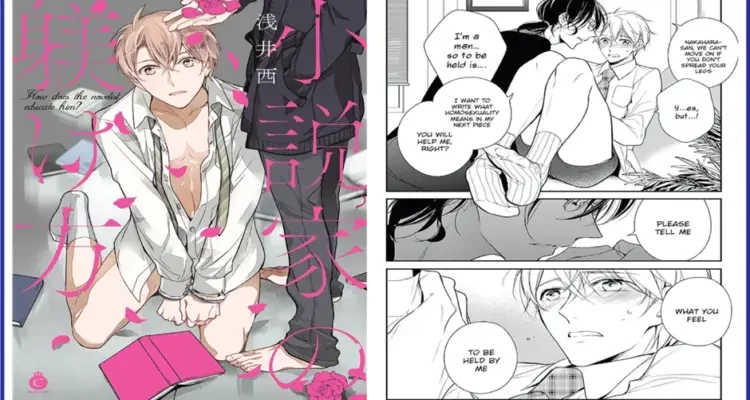
The protagonist of the story is an editor who appears to work for a vicious and sensual novelist. There are only 6 chapters in this relatively short Yaoi Hentai manga, but you can still be sure that it will include several scenes. Although the plot is quite straightforward, there is a lot of gay activity, so you will definitely find it very hard to resist tapping.
Also, read 7 Best Anime Like Platinum End That You Must Watch
2. Afurete Shimau
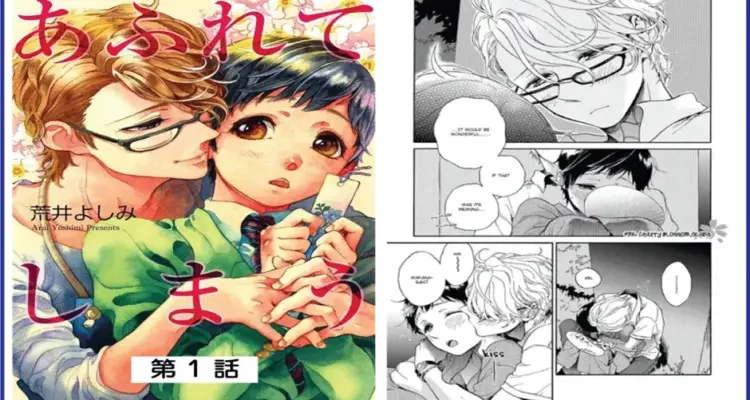
The narrative centers on Yuu, a gay bookworm who dates a man who shares his interests. And as for the remaining situations, well, you know, shared hobbies can result in multiple consensual. This adorable, humorous manga keeps you engaged with plenty of boy-on-boy romance. The scenes are excellent, and the plot isn’t overly convoluted. Along with some passionate scenes in the bookstore, you will enjoy the classic romance between two guys that is brilliantly performed.
3. Hang Out Crisis
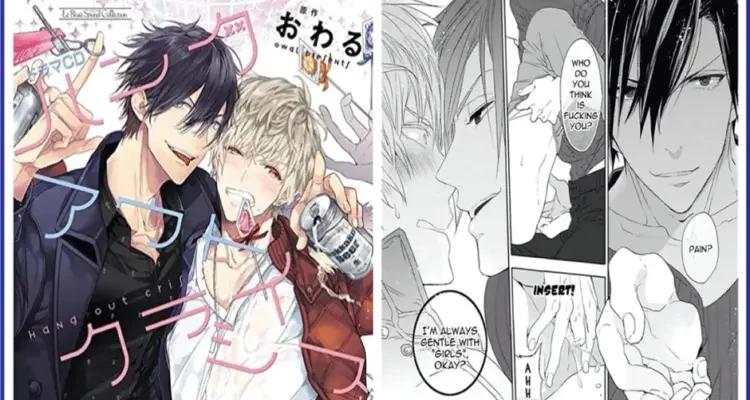
The males in their area are Jouse and Motoki. They both overindulge at an event and end up sharing a bed. Can they still remain friends, though? Every page practically achieves the level of perversion that we find so fascinating. So, if you enjoy Yaoi Hentai mangas that have more scenes and less personal interaction, you’ll enjoy this one.
4.Yasashii Pantsu no Nugasekata
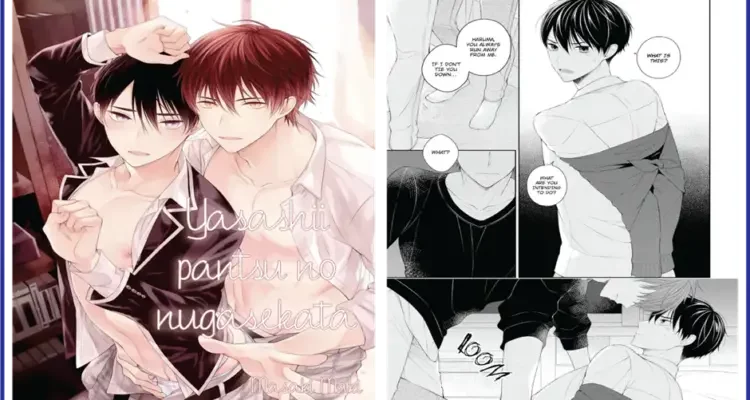
Since they were young children, Haruma and Ryouhei were extremely close. Haruma can’t seem to help but ma*tu*bate after learning that Ryouhei has a girlfriend. Eventually, after he separates from Ryouhei, they reconnect in high school. We adore how well this Yaoi comic depicts the relationship crisis without using any clichés. It also features a few adorable parts that give the impression that it is a romantic comedy. Therefore, this manga is perfect for you if you’re looking for a whole package with excellent exchanges between the characters.
5. Kimi Daki ne Ponytail
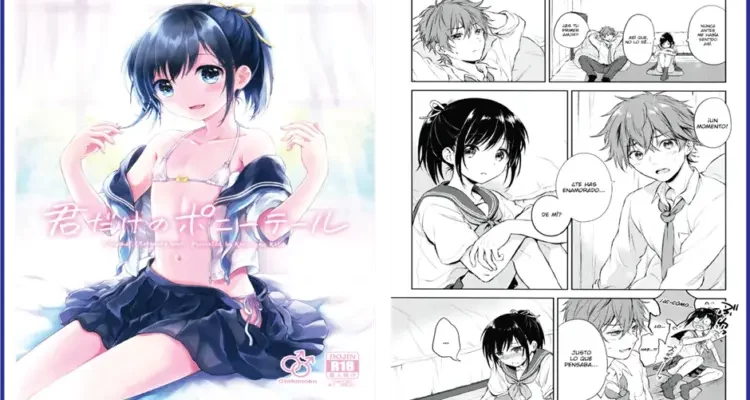
Suzumi has a fondness for Haruto and enjoys dressing up as a woman. Unexpectedly, Haruto also fancies Suzumi. Another brief yaoi hentai manga. As a result, it gives you a brief overview of the story before getting started. The protagonists are quite beautifully designed, and with Suzumi’s endearing demeanor, I guarantee you’ll even want to hang out with her.
Also, read Find Your Partner With These Anime Dating Apps & Sites
Conclusion
Hentai is a Japanese word that means “pervert.” Yaoi is a Japanese term that means “boys’ love.” Yaoi is a Japanese term used to describe a type of Japanese comic intended for yaoi content. But, hentai has more scenes, and it not only showcases intercourse but also encounters. Popular manga and anime that feature yaoi or hentai themes are also often called yaoi-hentai. We hope that by this time, you’ll be able to differentiate the two. And don’t forget to check out the manga mentioned above on Mangaowl!
Chris Evan was born in Quebec and raised in Montreal, except for the time when he moved back to Quebec and attended high school there. He studied History and Literature at the University of Toronto. He began writing after obsessing over books.


